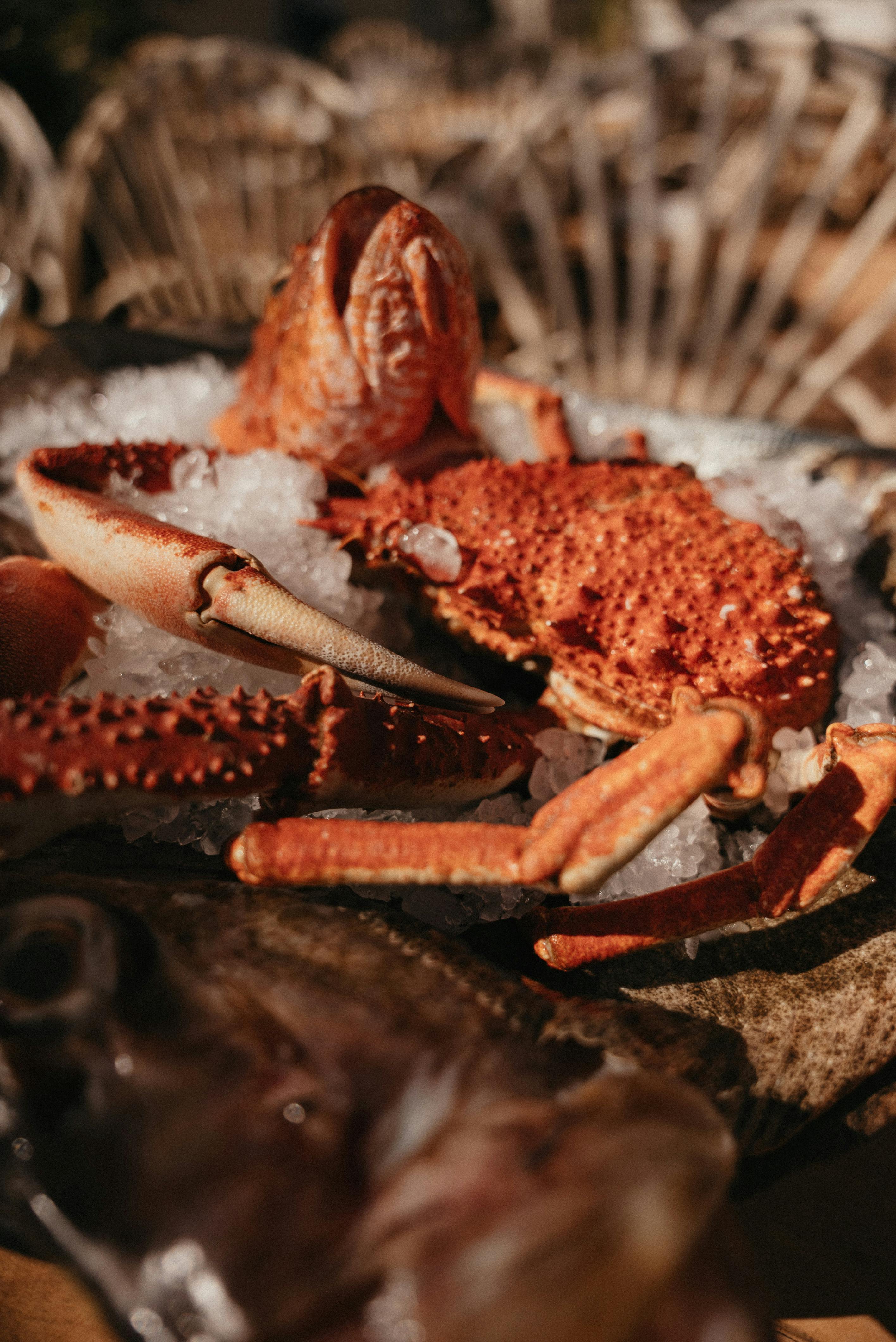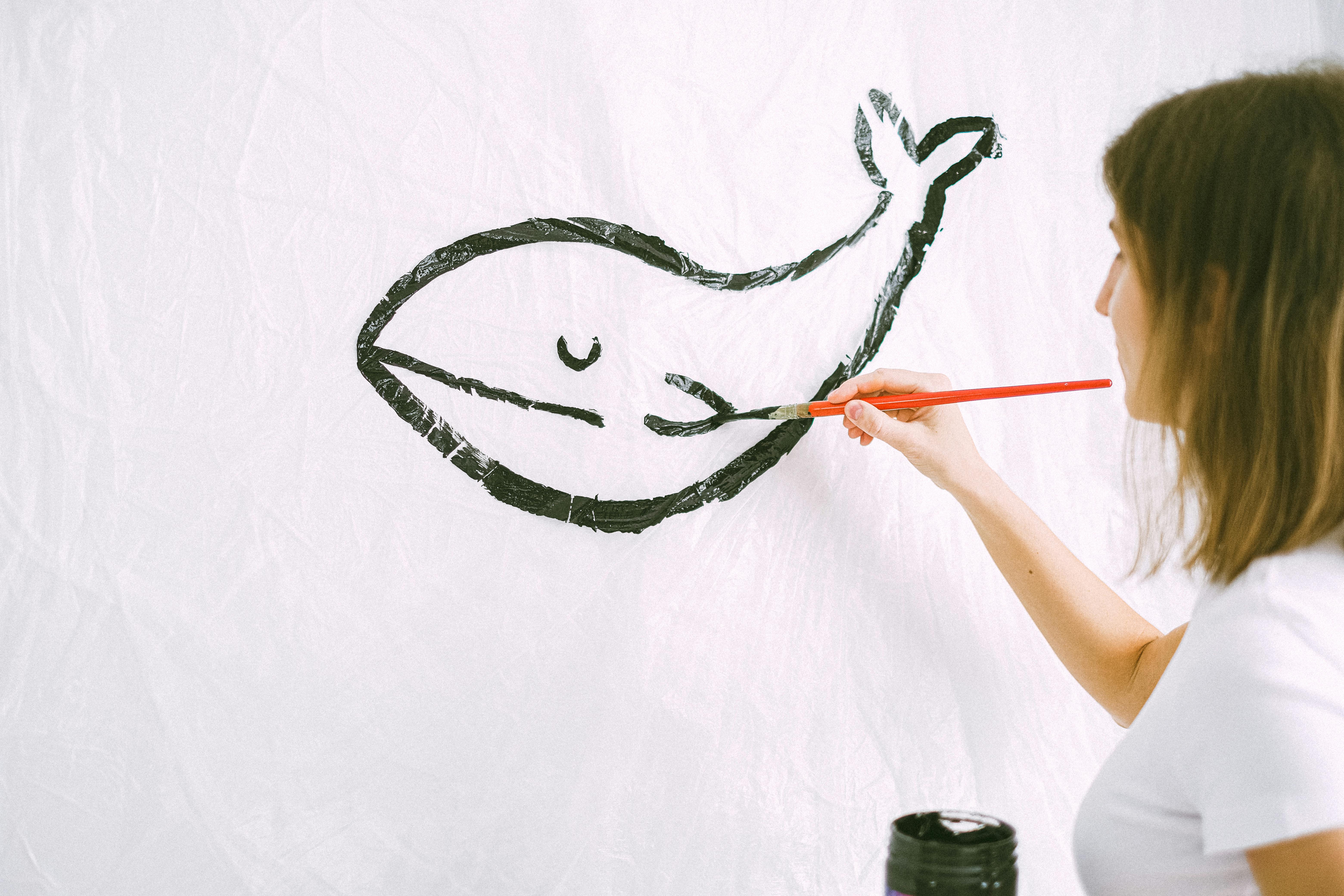Effective Ways to Care for Your Puffer Fish Pet in 2025
As freshwater and brackish aquarists, you may find the enchanting and unique characteristics of puffer fish irresistible. These species exhibit fascinating behaviors and bright colors, making them attractive pets. However, puffer fish care requires special attention and knowledge to ensure they thrive in your home aquarium. In 2025, advancements in understanding puffer fish needs have improved the way we can maintain their habitats, diets, and overall health.
This guide will cover essential aspects such as puffer fish tank setup, dietary needs, behavior, and health management. We'll explore the best puffer fish species to consider for your tank and detail their environmental needs to help you craft a flourishing aquatic ecosystem. By the end, you will be well-equipped to provide optimal care for your puffer fish and enjoy the delightful companionship they offer.
Key topics include:
- Setting Up the Perfect Puffer Fish Tank
- Understanding Puffer Fish Diets and Feeding Habits
- Recognizing Puffer Fish Behavior and Health Issues
- Compatible Tank Mates for Puffer Fish
- Essential Puffer Fish Accessories and Maintenance
Setting Up the Perfect Puffer Fish Tank
Creating the ideal environment for your puffer fish is the first step in ensuring their health and happiness. Puffer fish are known for their unique environmental requirements, which differ based on the specific species. It's important to understand whether you're caring for freshwater puffer fish or brackish puffer fish to setup the tank accordingly.
Choosing the Right Aquarium Size
- For smaller puffer fish species, a 20-gallon tank can suffice, but larger species often require much larger aquariums. A general rule of thumb is to allow at least 10 gallons per puffer fish to accommodate their needs. The size will directly impact their behavior and ability to exhibit natural actions.
Water Quality and Salinity Levels
- Depending on your puffer fish species, you must monitor water conditions closely. Freshwater puffers typically thrive in water with a pH level between 7.0-8.0 and a hardness of 10-20 dGH. On the other hand, brackish puffers may need saline levels to mimic their natural habitats.
Puffer Fish Tank Decor and Plants
- Providing rocks, caves, and plenty of aquarium plants replicates their natural habitat and offers hiding places. Additionally, soft decorations can help prevent injuries as puffer fish are known for their sensitive skin. Consider species such as Anubias or Java fern, which are hardy and well-suited for puffer fish tanks.
Filtration and Aeration Requirements
- A quality filtration system is vital for maintaining healthy water. Puffer fish are sensitive to water quality, so use a filter system that provides mechanical and biological filtration, ensuring regular maintenance to avoid buildup of toxins.
Maintaining the Right Temperatures
- Puffer fish thrive within a temperature range of 75°F to 80°F (24°C - 27°C). Keeping the aquarium heated with a reliable heater will provide comfort to your fish and encourage healthy behaviors.
Understanding Puffer Fish Diets and Feeding Habits
Proper care extends to understanding the dietary requirements of your puffer fish. Their feeding habits significantly influence their health, longevity, and behavior. Buying the right food is essential for a balanced puffer fish diet.
Types of Foods Suitable for Puffer Fish
- Puffer fish are omnivores; their diet should consist of both protein and plant-based foods. High-quality pellets, frozen or live foods like brine shrimp and mollusks, along with shelled foods, are great choices. Avoid over-feeding, as puffer fish can become overloaded due to their unique digestive systems.
Feeding Frequency and Portion Control
- The feeding frequency depends on your puffer fish's size; smaller fish may require food every day, while larger ones can eat every other day. Monitor the fish's behavior and adjust portions accordingly. Observing their eating habits will help you identify any potential issues.
Supplementing Diet with Enrichment
- To emulate their natural foraging behaviors, include enrichment activities during feeding. Use feeding toys and scatter food around the tank, encouraging exploration and physical movement.
Signs of Malnutrition in Puffer Fish
- Look for signs of stress or ill health like weight loss, lethargy, or changes in color and behavior. If suspected, conduct a thorough review of their diet and consider visiting a veterinarian specialized in aquatic animal care for further guidance.
Special Considerations for Specific Species
- Each species of puffer fish has unique dietary needs. Researching the specific needs of your puffer fish, such as the best puffer fish species for your setup, can ensure that you're providing the right nutrition for their well-being.

Recognizing Puffer Fish Behavior and Health Issues
Understanding puffer fish behavior is crucial for identifying and preventing health issues. Their unique traits and quirks can offer insight into their well-being, and early detection can mitigate significant health challenges.
Puffer Fish Social Behavior and Compatibility
- Puffer fish generally exhibit solitary behaviors, and their compatibility with tank mates may vary by species. While some may tolerate other species, many preferences lean toward solitary existence. Observing their social interactions can help determine the best environment for them.
Signs of Stress in Puffer Fish
- Stress indicators may include rapid gill movement, hiding, or changes in color. Monitoring these signs will help manage their environment effectively and ensure they remain comfortable.
Common Puffer Fish Health Issues
- Regular health examinations are essential; common issues include parasites, fin rot, and issues stemming from poor water quality. Familiarize yourself with preventative measures and establish a thorough puffer fish disease prevention routine.
Puffer Fish Lifespan and Breeding Potential
- Puffer fish lifespans can vary, with some living up to 10 years or longer in captivity. Researching their breeding behaviors is crucial if you plan to breed them. Providing optimal conditions and suitable mates greatly influences their reproductive success.
Healthcare Products for Puffer Fish
- Quality puffer fish health supplements and medications should be on hand for emergencies. Establishing a well-stocked aquatic pharmacy can help ensure prompt action in case of health issues.
Compatible Tank Mates for Puffer Fish
Choosing suitable tank mates for your puffer fish requires careful consideration to avoid aggression or stress. Puffer fish can display territorial behaviors, so understanding their compatibility is fundamental to a successful aquarium.
Best Tank Mates for Different Puffer Species
- Smaller puffer fish species may coexist with timid community fish; however, larger puffers may not be as forgiving. Research the specific behavior traits of your chosen species to select compatible tank mates.
Identifying Incompatible Fish
- Certain fish species may provoke aggressive behavior or stress in puffer fish. Fish with long fins or flashy colors may be seen as targets, and thus a cautious approach is needed when introducing new tank mates.
Steps for Introducing New Tank Mates
- Gradual acclimatization is vital to establishing new relationships. Introduce new fish slowly, monitor interactions closely, and be ready to separate if aggression occurs.
Creating a Peaceful Aquarium Environment
- Establishing a tranquil aquarium involves managing the fish stock and maintaining adequate space and territory, which helps reduce territorial disputes and stress levels among fish.
Potential Issues with Tank Compatibility
- Always engage in thorough research and exercise patience to avoid common pitfalls related to incompatible tank mates. By being proactive in managing your aquarium, you ensure a harmonious living environment for your puffer fish.

Essential Puffer Fish Accessories and Maintenance
Maintaining your puffer fish aquarium not only keeps the environment clean but also enhances the overall aesthetic appeal, boosting the health and happiness of your puffer fish.
Necessary Puffer Fish Supplies
- Invest in a quality starter kit that covers essential needs such as appropriate filtration systems, heating elements, and effective lighting. Customizing your supplies will depend on the specific needs of your aquarium.
Puffer Fish Cleaning Tools and Techniques
- Regular cleaning is crucial for maintaining water quality. Equip yourself with cleaning tools such as siphons, algae scrapers, and netting to simplify maintenance. Adopting a structured cleaning schedule will help manage waste and keep toxins at bay.
Puffer Fish Health Monitoring Supplies
- Keeping an eye on water quality is critical, so invest in water testing kits and health supplements to monitor parameters like pH, ammonia, and nitrate levels, ensuring your puffer fish remain in optimal conditions.
Enhancing the Puffer Fish Environment
- Adding enriching accessories such as toys, safe hiding spots, and suitable plants can enhance the puffer fish habitat. These additions not only promote natural behaviors but also reduce stress levels.
Creating a Quarantine Setup
- Familiarize yourself with the puffer fish quarantine procedure for new arrivals; an isolation tank can help prevent disease outbreaks and ensure your main tank remains healthy.
Conclusion
Successfully caring for puffer fish in 2025 includes understanding their unique needs related to aquatic environments, dietary choices, and social behaviors. By setting up the perfect tank, monitoring health, and making informed decisions about feeding and companions, you can provide a thriving habitat for your puffer fish. With consistent care and maintenance, your finned friends will not only enrich your life but also thrive healthily in your aquarium.
